Home / Handy Tips /

Is your Mac failing to respond to the power button? Has it crashed, and failed to start up properly?
In this article, we’ll walk you through what to do when your Mac won’t turn on. We will assume that your computer isn’t responding to the start button. If it is but fails to start up normally, skip ahead to the Recovery section below.
My Mac won’t turn on
You pressed the power button. You waited. And waited. Nothing. You stare at a blank black screen, maybe panicking at the prospect of buying a whole new computer
Don’t rush out just yet – not all is lost. Work your way through the following steps, and you may get your Mac back up and running.
Step 1: Check your Mac has power
Sounds obvious, but double check your Mac is connected to a power source. Laptops can run out of batteries when left on sleep mode while unplugged, meaning they won’t boot up when you open the lid or press the power button.
If it is connected to a power source, change out the charger if possible, or try another power outlet. Sometimes the power source is faulty, not the computer itself.
If your computer wasn’t connected to a power source, allow it to sit plugged in for about 10 minutes before trying to switch it on again.
Step 2: Check your hardware
If you’re using a Mac desktop computer, check that all cables are connected. Plug and unplug them to ensure proper seating.
If you have recently opened up your desktop and adjusted the hardware – upgraded the RAM or changed the hard drive, for example – you could try reinstalling the old hardware or disconnecting and reconnecting the new hardware.
If none of that works, try unplugging all peripherals before attempting to start up your Mac.
Step 3: Run a power-cycle
If your Mac is on, but is frozen and unresponsive to the power button, performing a power-cycle could be the solution.
Here’s how to run a power-cycle on different Mac computers:
- Modern MacBooks: Hold down the power button for about 10 seconds. This will cut power to your laptop and restart it.
- MacBooks with a removable battery: Shut your computer down if possible. Then, unplug it, and remove the battery. Wait 10 seconds before reinserting it, and powering up your computer.
- Mac desktops (iMac, Mac Pro, Mac Mini): Shut your computer down if possible. Then, unplug the power cable from the wall. Wait 10 seconds before plugging it back in and powering up your computer.
Step 4: Reset the system management controller (SMC)
If your Mac won’t turn on or respond after trying the steps outlined above, you may have to reset the SMC firmware on your computer.
Here’s how to reset the SMC firmware on different Mac computers:
- Modern MacBooks: Plug in the power cable. Hold down Shift+Control+Option on the left side of the keyboard and the power button at the same time. Release all four buttons, and then press the power button.
- MacBooks with a removable battery: Unplug the computer and remove the battery. Hold the power button down for five seconds. Then, reinsert the battery, plug your computer in, and press the power button.
- Mac desktops (iMac, Mac Pro, Mac Mini): Unplug the power cable and let it sit for 15 seconds. Plug it back in. Wait five seconds, and press the power button.
Recovery for Macs that aren’t loading properly

If your Mac boots up, but your operating system is failing to load properly, you are most likely battling a software problem. You can overcome this issue by fixing your disk, or reinstalling your operating system.
Here’s some guidance.
How to repair a corrupted disk
A corrupted disk is common, and can be repaired from recovery mode.
To access recovery mode, start up your Mac. Hold the Command+R keys during the start-up process. Ideally, press these keys after you hear the chime noise. Your Mac should enter recovery mode. If it doesn’t, you might not have pressed the keys at the right time. Turn off your computer and try again.
Now, click Disk Utility. Navigate to the First Aid tab, and attempt to repair your Mac’s disk. The Disk Utility will do this automatically by running a file system check.
How to reinstall Mac OS
If the disk repair didn’t work, you might want to reinstall Mac OS X.
To do this, open recovery mode using the instructions outlined above.
Click the Reinstall OSX option. If you use Time Machine, you can also restore your computer to the latest Time Machine backup.
No luck? Get your computer fixed by Mac specialists
If your Mac won’t turn on no matter what you try, don’t lose hope. Here at Computer Cures, our competent team are equipped to repair and restore your Mac computer, whether that be the latest MacBook Pro or a 10-year-old iMac. Get in contact today on 1300 553 166 or fill out the form on this page, and we’ll get back to you ASAP. Read more about our Macbook Repairs Service.


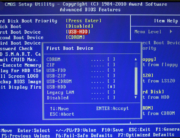
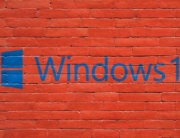
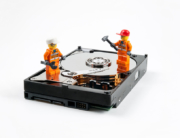
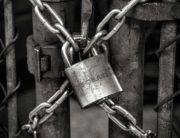
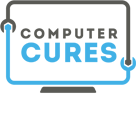
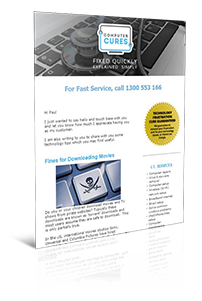
Leave A Comment